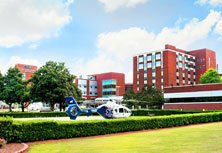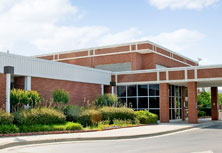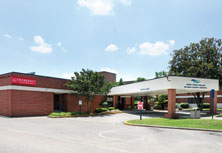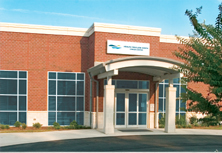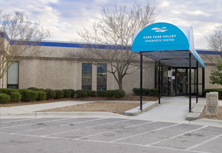Hydrocele
A hydrocele is a pocket of fluid inside a man's testicle. A hydrocele usually appears as a soft swelling in the membrane surrounding the testes. It is not usually painful and does not damage the testes. It typically occurs on one side only; only 7-10% occur on both sides of the scrotum. Inflammation is not usually present, although if the hydrocele occurs in conjunction with epididymitis (inflammation of the epididymis), the testes may be inflamed and painful. The main symptom of a hydrocele that occurs without epididymitis is scrotal swelling. As the hydrocele fills with fluid and grows, the scrotum itself gets larger. Some men may have pain or discomfort from the increased size of the scrotal mass. Hydroceles are usually congenital, found in a large percentage (80% or more) of male children and in 1% of adult males over 40.
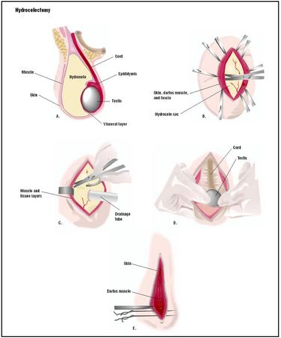
The most common congenital hydrocele is caused by a failure of a portion of the testicular membrane (processus vaginalis, a membrane that descends with the testicles in the fetus) to close normally. This failure to close allows peritoneal (abdominal) fluid to flow into the scrotum. Although surgery is the usual treatment, it is not performed until the child is at least two years of age, giving the processus vaginalis sufficient time to close by itself. More than 80% of newborn boys are reported to have a patent (open) processus vaginalis, but it closes spontaneously in the majority of children before they are 12 months old. The processus is not expected to close spontaneously in children over 18 months.
In adults, hydroceles develop slowly, usually as a result either of a defect in the tunica vaginalis that causes overproduction of fluid, or as a result of blocked lymphatic flow that may be related to an obstruction in the spermatic cord. Hydroceles may also develop as a result of inflammation or infection of the epididymis or trauma to the scrotal area. A hydrocele can occur at the same time as an inguinal hernia.
Hydroceles can be treated with aspiration or surgery. To aspirate the collected fluid, the doctor inserts a needle into the scrotum and directs it toward the hydrocele. Suction is applied to remove (aspirate) as much fluid as possible. While aspiration is usually successful, it is a temporary correction with a high potential for recurrence of the hydrocele. Aspiration may have longer-term success when certain medications are injected during the procedure (sclerotherapy). There is a higher risk of infection with aspiration than with surgery.
Generally, surgical repair of a hydrocele will eliminate the hydrocele and prevent recurrence. In adults, surgery is used to remove large or painful hydroceles. It is the preferred method of treatment for children over two years of age. It is also standard practice to remove hydroceles that reoccur after aspiration.
Patients are given general anesthesia for hydrocele repair surgery. A hydrocelectomy is typically performed on an outpatient basis with no special precautions required. The extent of the surgery depends on whether other problems are present. If the hydrocele is uncomplicated, the doctor makes an incision directly into the scrotum. After the canal between the abdominal cavity and the scrotum is repaired, the hydrocele sac is removed, fluid is removed from the scrotum, and the incision is closed with sutures. If there are complications, such as the presence of an inguinal hernia, an incision is made in the groin area. This approach allows the doctor to repair the hernia or other complicating factors at the same time as correcting the hydrocele.
